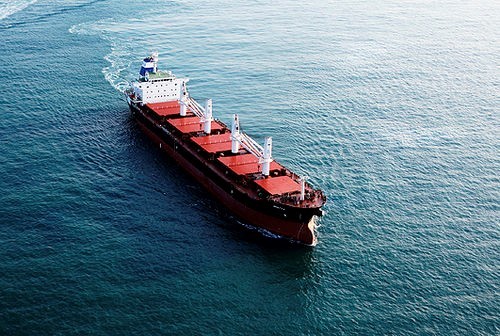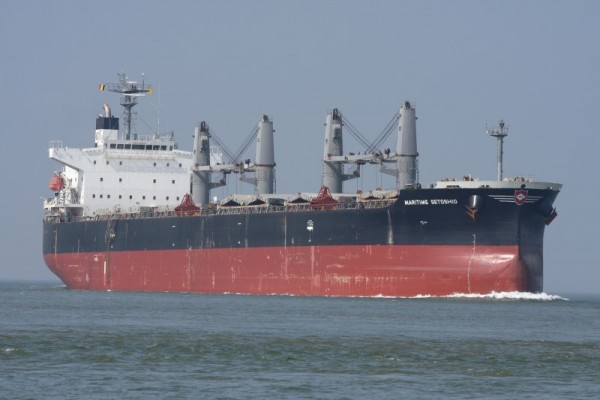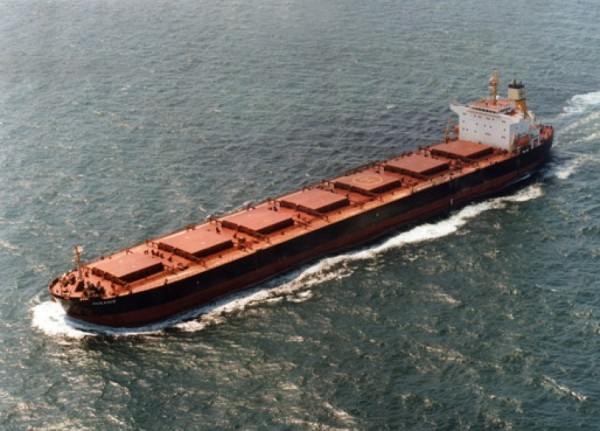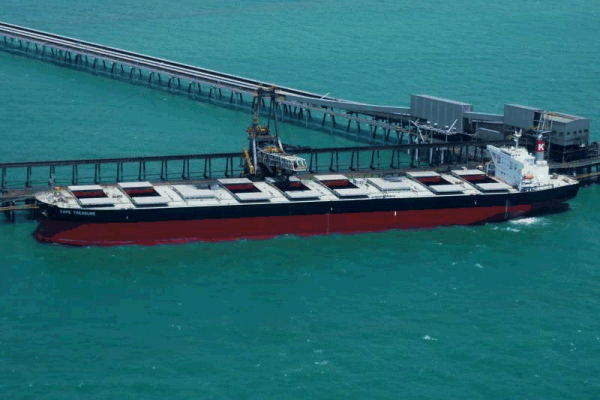Nearly 200 years of experience in transporting and storing energy, metals and foodstuffs means we are experts in managing physical flows, as we connect plants/ mines / farmers to customers across the world. This can involve long, complex linkages over thousands of miles, using multiple logistics systems and carrying a variety of risks. We have to anticipate and understand shifts in economic, trade and agronomic conditions and quickly assess the impact on our flows, network and customers. It is a dynamic, real-time process. Doing it well demands excellent systems and clear governance, but ultimately our success depends on an exceptional team: talented people and a culture of collaboration and openness. 1WEC has a truly international workforce, composed of experts with diverse perspectives, local market insights and global vision. We continue to invest heavily in recruitment, training and leadership development programs that are designed to identify, cultivate and apply these qualities right around the world. Our goal is to ensure vital information is visible across the business, apply best-in-class analytics, make our people more responsive to changing circumstances and stay close to our customers. It means our grain merchandisers, researchers, traders and marketers can act as one cohesive team. As part of this collective approach, we have learned how to anticipate and bridge timing differences. Farmers and consumers often transact at different times, each wanting to secure their margins well into the future. We only get once chance to serve each of them. We have also developed considerable risk management expertise. By hedging risk exposures and anticipating market developments, we protect and enhance our return on assets. When circumstances change, we’re always ready to adjust our sourcing to satisfy our customers.

With about 90% of world trade carried by ships, it is no overstatement that the international shipping industry is crucial to the global economy. 1WEC’s ocean freight team, at the center of our agribusiness value chain, connects products to customers, from origin to destination, thanks to our winning footprint and powerful network of assets around the globe. Dry bulk vessels come in a wide variety of sizes, designs and with different types of equipment. The major categories for dry bulk carriers include
- Handysize,
- Handymax/Supramax,
- Panamax and Capesize.
- Deadweight tonnage: This refers to how much a ship is able to carry and does not include the weight of the ship.
- Length overall (LOA): This is the maximum length of a ship’s hull.
- Beam: This is the width of the ship measured at the widest point of the waterline.
- Hold: This is the space onboard the vessel where cargo is carried, which can be accessed through the hatches on the deck. Dry bulk vessels carry cargoes in bulk, but also packaged cargoes (e.g. bagged sugar).

- HANDYSIZE
- Deadweight capacity is about 10,000-40,000 tons
- The vessel’s configuration allows for them to access small and large ports, even those with limited discharging equipment
- They have four to five holds/hatches and are equipped with cranes
- They carry agricultural products such as grain and sugar and raw materials like fertilizers, cement and steel slabs
- LOA: 170 meters
- Beam: 27 meters
- HANDYMAX / SUPRAMAX
- Deadweight capacity is about 40,000-65,000 tons
- Like Handysize vessels, they carry agricultural products and industrial raw materials
- They have five holds/hatches and are equipped with cranes
- Some ships have grabs for specialized loading and discharge operations
- LOA: About 190 meters
- Beam: About 32 meters


- PANAMAX
- Deadweight capacity is 60,000-90,000 tons, which is the largest design suitable to pass though the old Panama Canal locks
- The vessel’s large size allows for significant freight cost savings
- They have seven holds and are not equipped with cranes
- They carry agricultural products like grains and industrial raw material like coal, iron ore and bauxite
- LOA: About 230 meters
- Beam: About 32.25 meters
- CAPESIZE
- Due to their large size, Capesize vessels are unable to transit via the old Panama Canal and must pass through the Cape of Good Hope, Cape Horn, New Panama Canal or the Suez Canal
- Deadweight capacity is up to 200,000 tons
- They have 9 holds/hatches
- LOA: About 270 meters
- Beam: About 43 meters
- They carry iron ore or coal exclusively for the steel and energy sector.

